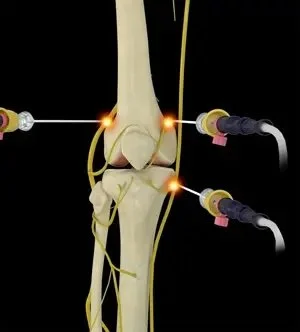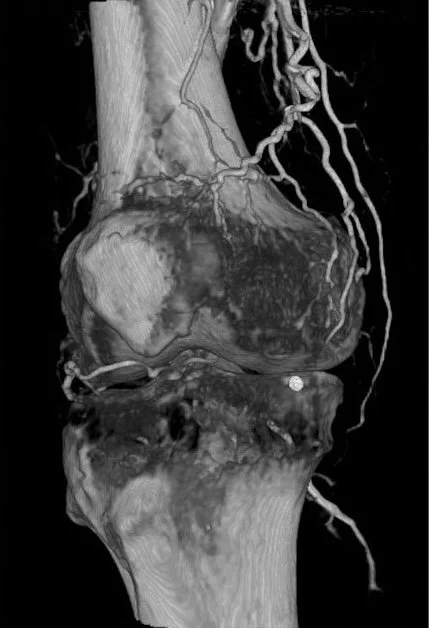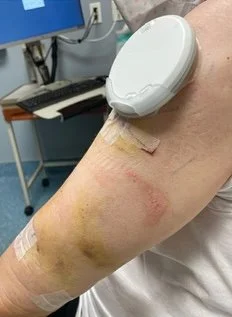Treatment Options
Welcome to our Knee Pain Treatment Options page, where we explore the latest and most effective approaches to managing knee pain and improving joint health. Whether you're dealing with acute injuries, chronic conditions like osteoarthritis, or simply looking for ways to prevent knee issues, understanding your treatment options is essential for finding relief and restoring mobility.
On this page, we provide an in-depth look at a variety of treatment methods—from non-invasive therapies such as injections and medications to advanced surgical interventions like knee replacement and minimally invasive surgical knee denervation. Our goal is to help you make informed decisions about your care, with personalized options tailored to your specific condition, lifestyle, and goals. With guidance from leading experts in knee health, we are committed to helping you regain comfort, strength, and the freedom to move with ease.
Injections
First-line treatment for most patients. Injections include corticosteroids, viscosupplementation, platelet rich plasma, and stem cells.
Surgical Denervation
Surgical knee denervation is a revolutionary new treatment for knee pain. This surgery targets the peripheral nerves to reduce pain providing permanent relief with less risk than knee replacement.
Knee Replacement
The gold-standard of knee arthritis. Ideal for healthy patients between the ages of 60-75. However, up to 20% of patients report dissatisfaction with knee replacement surgery.
Radiofrequency Ablation
A minimally invasive way to put the nerves to sleep temporarily with heat. This procedure provides short-term pain relief for 6-12 months. However, its response is variable and does not work in all patients.
Geniculate Artery Embolization
A medium-risk procedure that restricts blood flow to the knee provides pain relief for 12-18 months. Requires anesthesia and has the potential to increase surgical complications with subsequent knee surgeries due to restricted blood flow.
Nerve Stimulator
A minimally invasive treatment option that requires a permanent implant. The response remains variable in patients with some patients not responding to treatment. The largest downside is the need to wear a large external battery at all times.
Patient Decision Aid
The following decision aid may be helpful in thinking through your options when considering knee treatment. These recommendations are made based on the opinions of the Knee Treatment Study Group.







